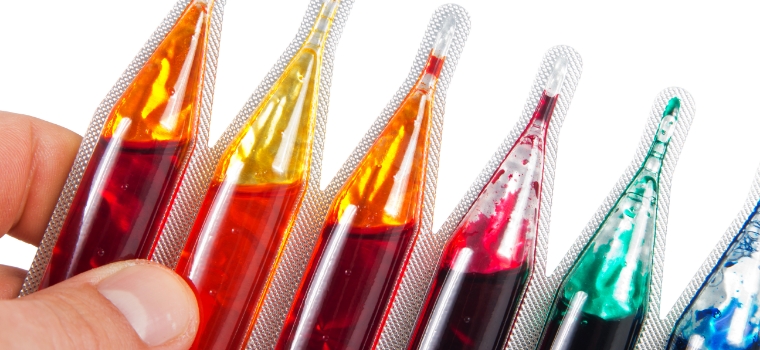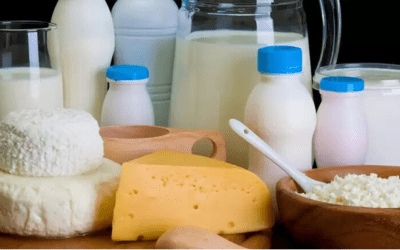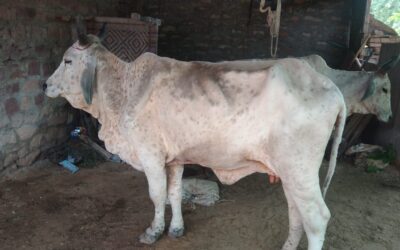Illegal Dyes

The color additives used in a lot of consumable products these days include illegal dyes. Ideally food colours are divided into two categories – natural and artificial. Natural colours or pigments are obtained from vegetables, plants, animals or other minerals, whereas artificial colours are developed in laboratory synthetically to give an aesthetically appealing look and feel to the product. These days consumption of naturally occurring colours has increased worldwide because of mass awareness. People are understanding the fact that toxicity of synthetic colours are harmful for their health. Illegal dyes fall under the category of synthetic colors.
In India, FSSAI is the governing body for standardizing and regulating use of food colors and prohibiting illegal dyes in food and beverages. FSSAI has permitted several colors under category of ‘Colouring Matter’ in the Food and Safety Standards (Food Product Standards and Food Additives) Regulations, 2011. FDA has also mentioned Color Additives (Dyes) use in Title 21 of the Code of Federal Regulations for international clearances. Cultivator Phyto Lab strictly always adhere to these norms and conduct transparent and authentic testing for dyes and colors in products (Human food, Beverages, Cosmetics, and medical equipment).
Identification of illegal dyes in product can lead to problems, restrictions, fines, and penalties on manufacturers and producers. Therefore, we strongly recommend that every product should be checked for illegal dyes before it is distributed in the market. Some of the illegal dyes that are found in the food commonly are – Sudan I to IV, Sudan Orange G, Sudan Red B, Sudan Red G, Sudan Red 7B, Sudan Black B, Synthetic Azo dyes like Butter Yellow, Para Red, Rhodamine B and Orange II. The product including these illegal dyes are considered carcinogens and teratogens. Therefore, they are banned by the statutory governing bodies across the world. Companies should also know that authorities like EU doesn’t permit use of natural dye annatto (E160b) in spices.
Producers and manufacturers are suggested to put their products through rigorous testing process in a reliable, trust-worthy, genuine, and state-of-the-art laboratory as Cultivator Phyto Lab. With the right analysis, they can develop a product befitting the international standards as well.
NEWS AND BLOGS
Find up to date information, news releases, and corporate publications for Cultivator Phyto Lab customers
Laboratory Testing of Herbs & Spices —An Ultimate Guide
Herbs and spices truly justify their names as they can spice up the plainest of delicacies in an instant. Food without them can taste extremely bland. Their significance to the human palate is what makes them treasured and invaluable. Even spice testing is gaining...
Analysis of Milk—How can Adulteration be Detected?
Milk has always been an indispensable and inseparable part of people’s food regimes. Milk and milk products, regardless of age, never fail to provide much-needed comfort after a long, exhausting day. So, it becomes crucial to ensure that milk is safe for consumption....
Lumpy Skin Disease (LSD) in Livestock
At present, nature has been causing a lot of threatening viruses to the animal kingdom, such as Ebola virus disease, Monkeypox, Marburg virus, and most recently, Lumpy skin disease virus in livestock and other lethal viruses.We are discussing a more recent,...



